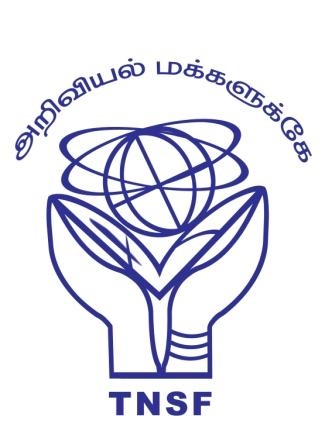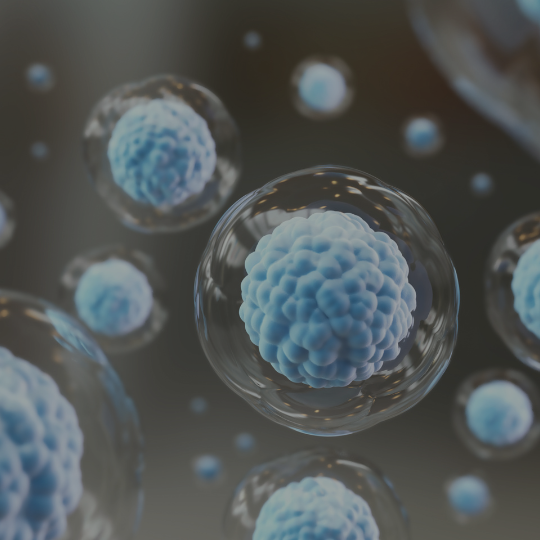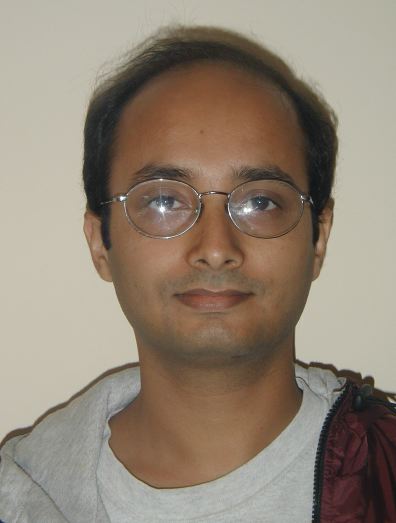About Program

This is part of its efforts to popularize science to the general public and students who are pursuing science as their career. TNSF attempt to focus on students on higher science as everyone knows that learning of science at college within the curriculum is not enough to acquire holistic knowledge of science at the appropriate time. Hence, to fill the gap between what students are acquiring through the curriculum and what it is required, TNSF is planning its activities on higher science to students who are pursuing higher education.

About the Lecture All of us - worms, cats or humans - began as a single cell. And yet when you look into a mirror you see tens of trillions of cells arranged into a well-knit structure that clearly marks you out as a human being, even though you differ recognizably from other members of the species. So what makes it possible for your body - or any multi-cellular organism, for that matter - to self-organize, i.e., build itself into this characteristic human form? The usual knee-jerk answer is "DNA" - or to be clearer, that the instructions are in the DNA - in our case, the human genome. While not wrong, if you think a bit more you realize that the answer is not very illuminating! For one thing, DNA encodes recipes for making various types of protein molecules - so how does that allow you to build the typical form of, say, a human hand? And to compound the mystery, every single cell in our body has the same DNA - and yet, some become neurons and form the brain, others become muscle cells, kidney cells, liver cells, etc. Moreover, they have to do this respecting the characteristic body plan of an organism - as it's not very useful to have eyes sprout from your toes! In this talk we will delve into this key puzzle of biology and see how physics and physical concepts (such as symmetry-breaking, pattern formation and self-organized ordering) can help us grapple with it in meaningful ways.
